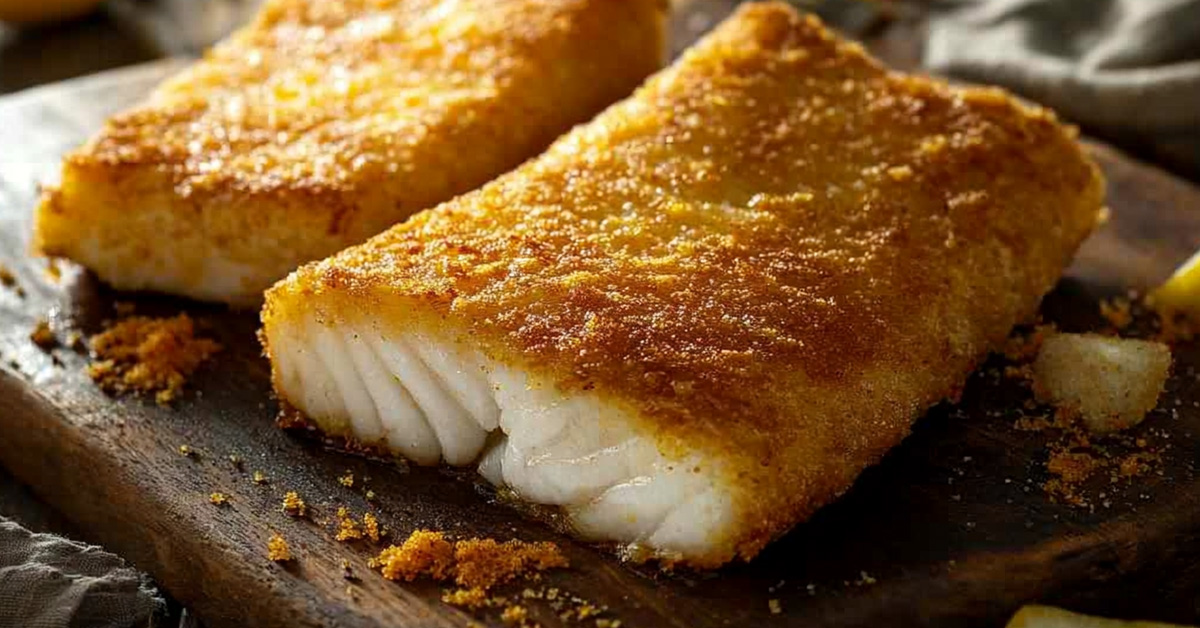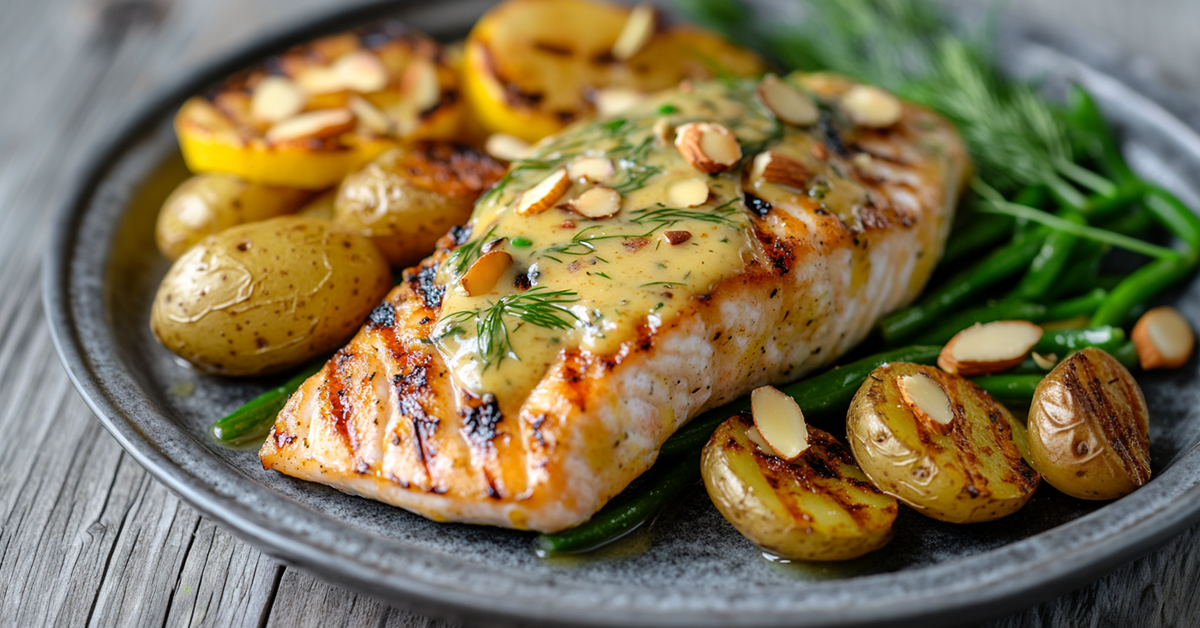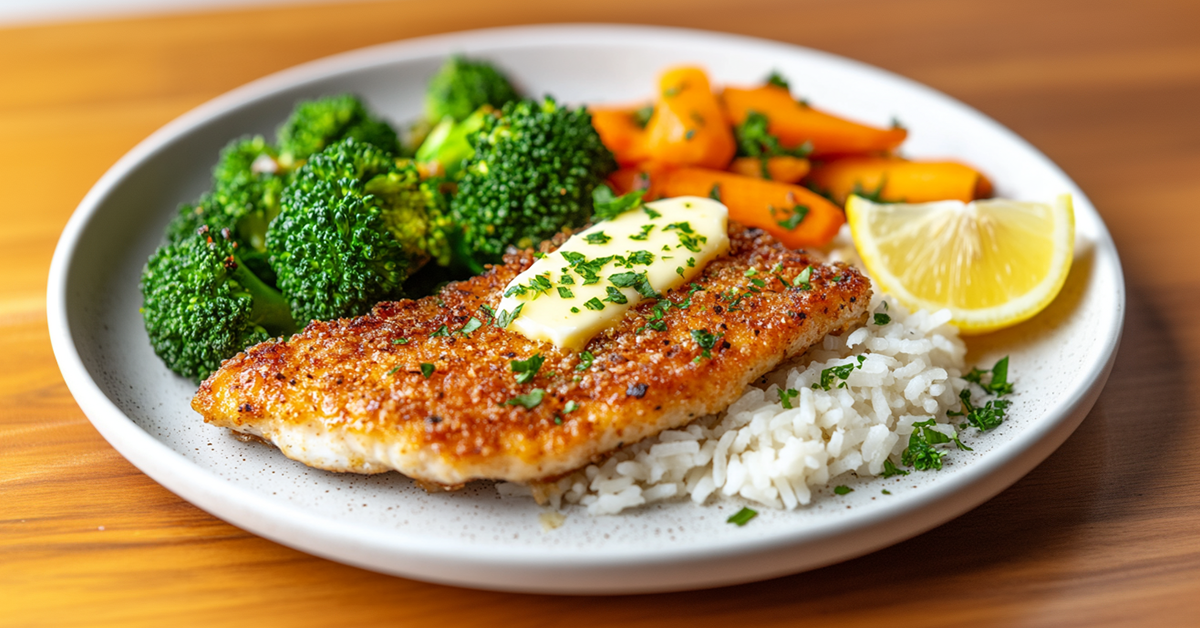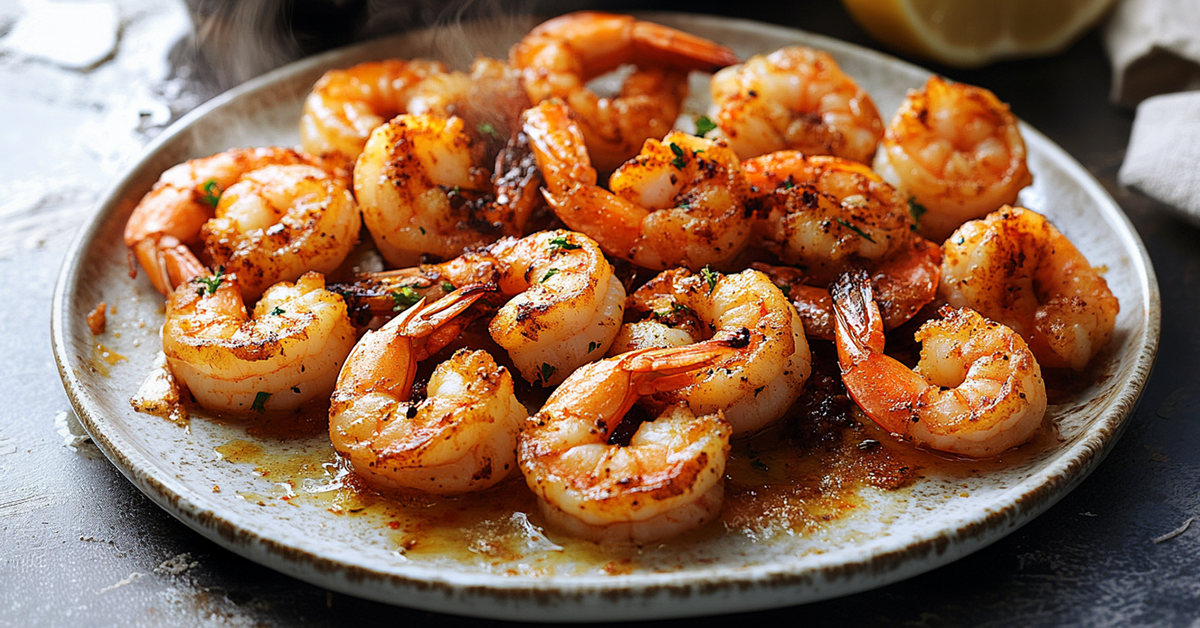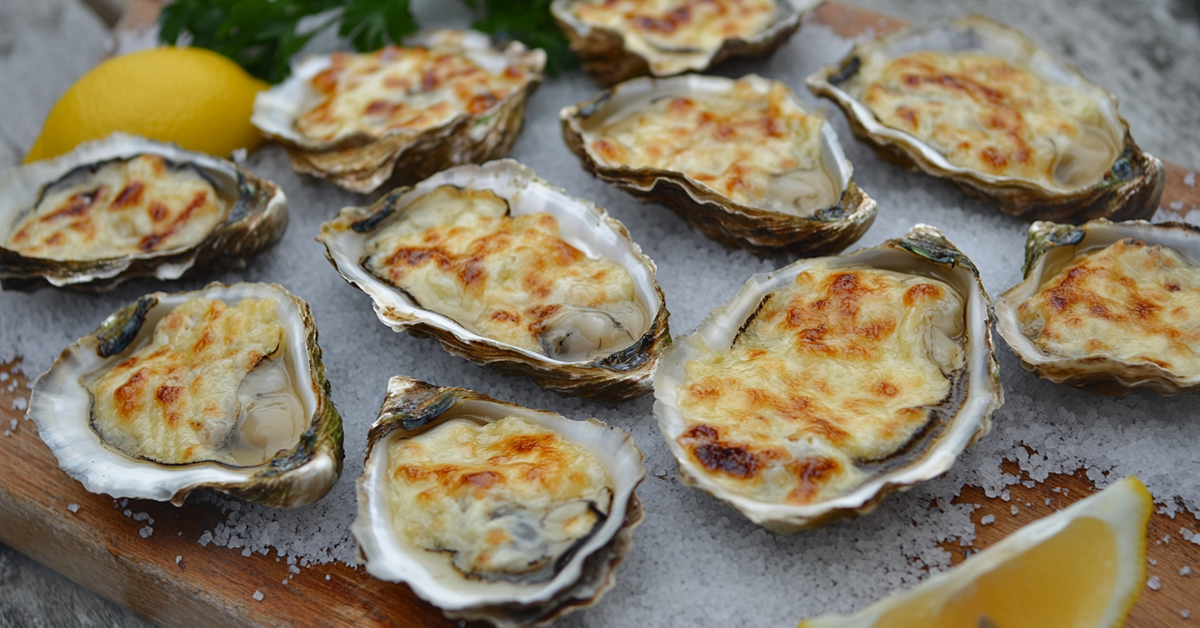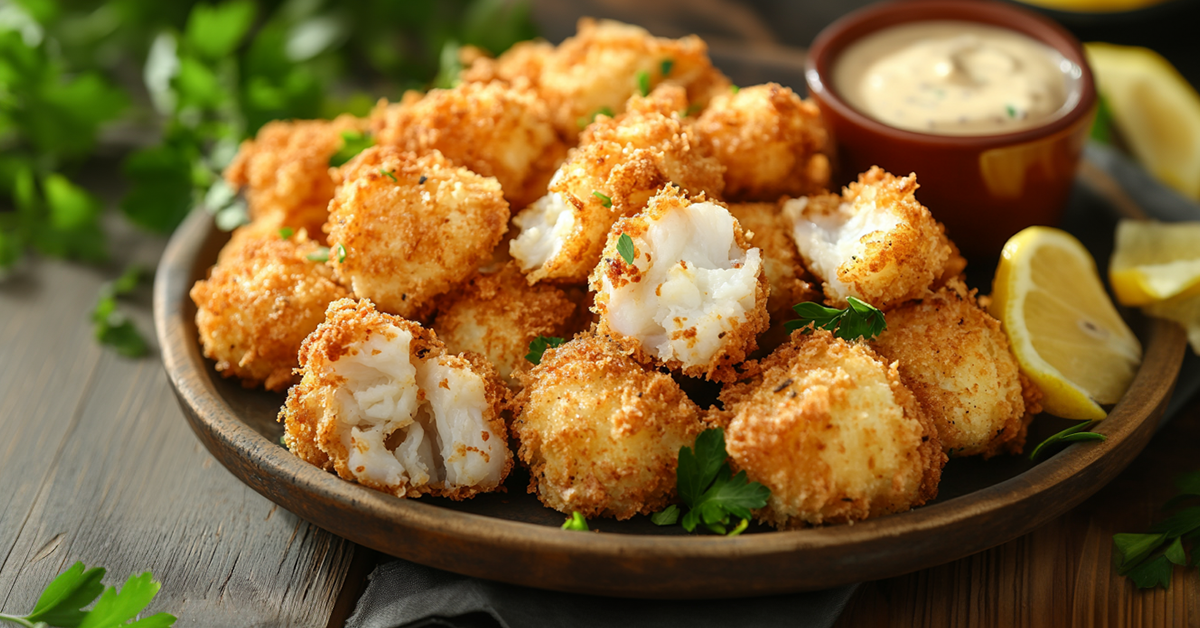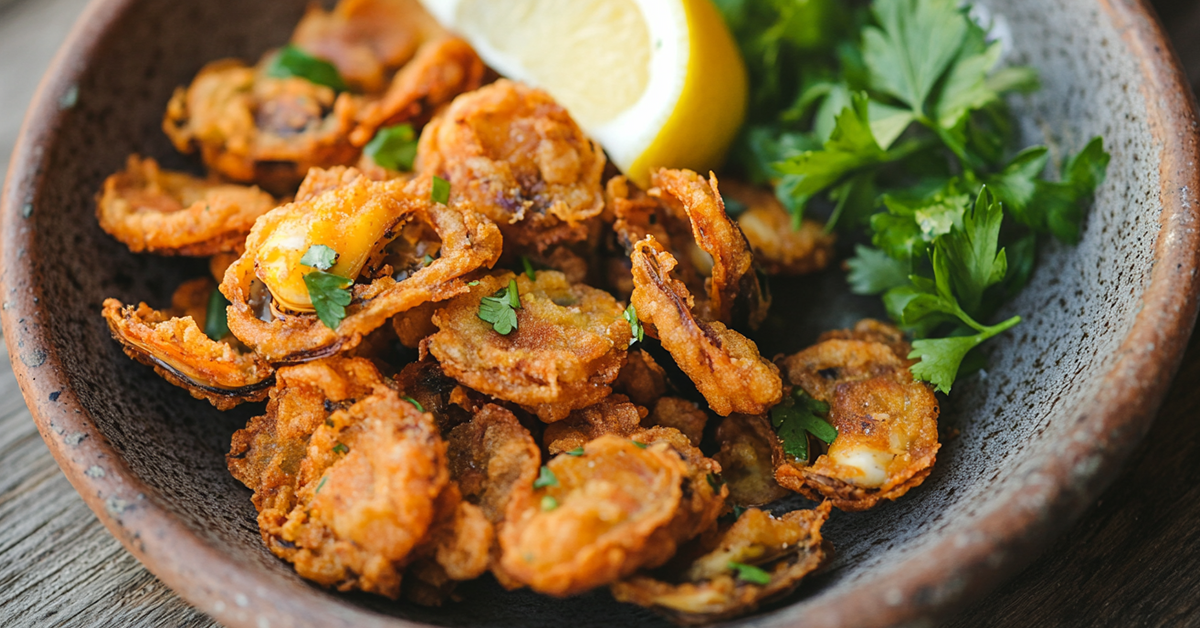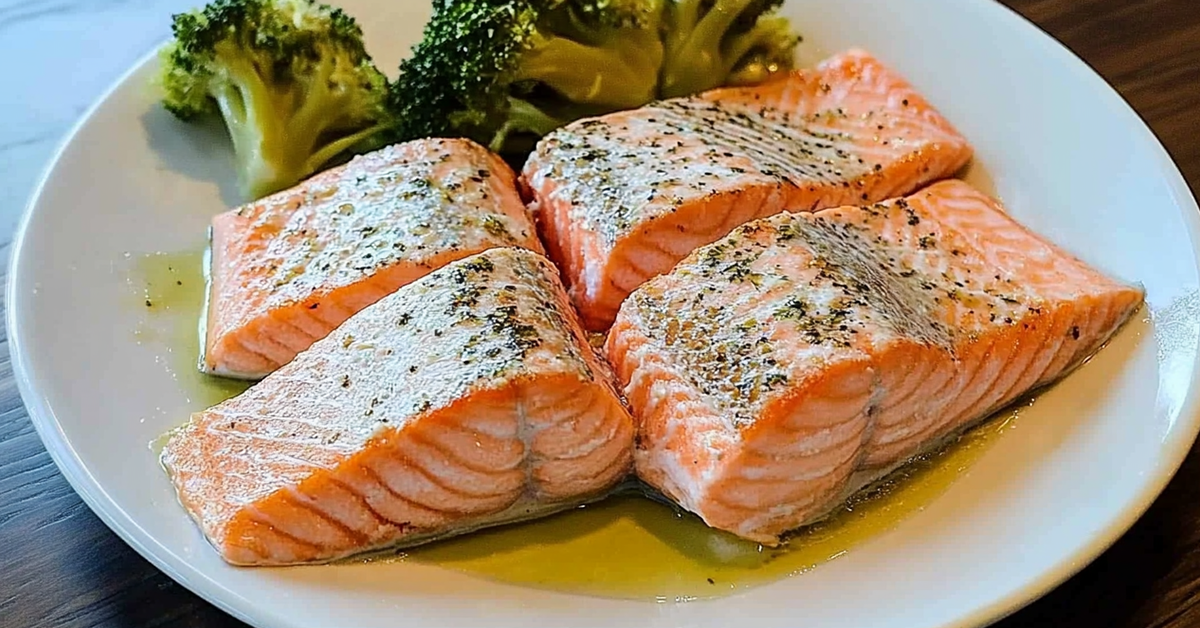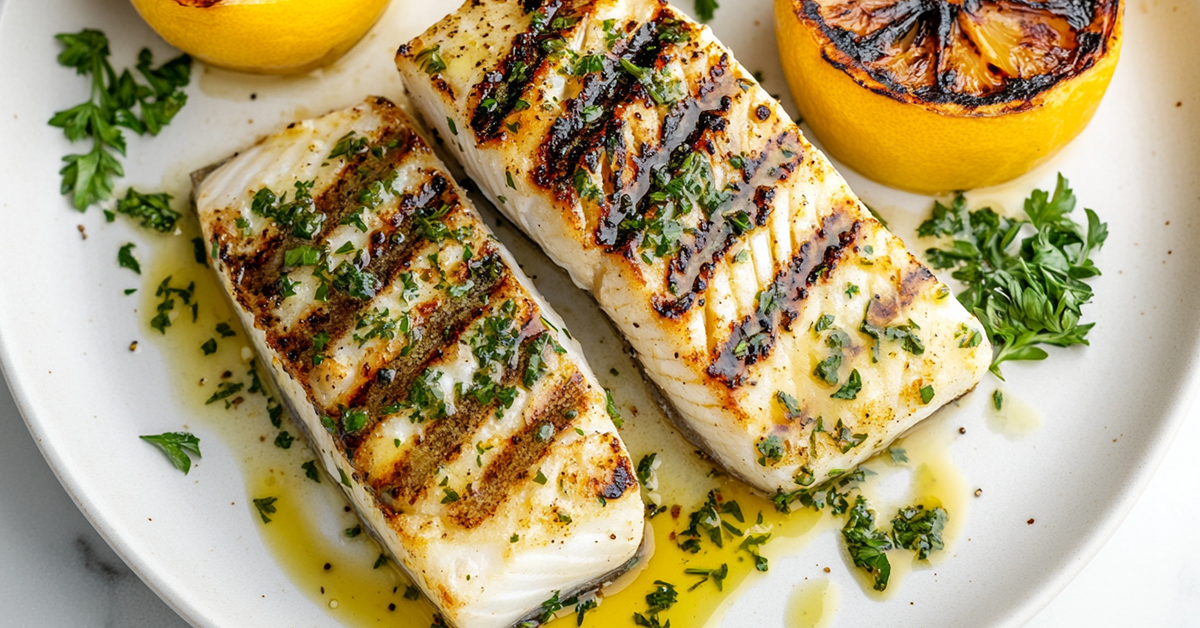Want to try something different than your usual salmon or tuna for dinner? Jack fish could be the perfect choice to add variety to your seafood menu.
Jack fish, especially the crevalle jack fish, makes a great versatile option that works well with many cooking styles. This reliable fish creates delicious meals whether you cook it with a crispy coating or try other preparation methods.
You’ll find all the essential details about cooking jack fish in this piece. The information covers everything from picking fresh fish to trying different recipes that will wow your guests. Our expert tips will help you dodge typical cooking mistakes and create dishes that rival restaurant quality right at home.
Table of Contents
What Is Jack Fish?
The term jack fish refers to a diverse family of fish species known as Carangidae. This family has various types, but the crevalle jack (Caranx hippos) stands out as the most common species that people associate with “jack fish” across many regions.
A crevalle jack’s distinctive appearance makes it easy to identify. Its body has a smooth, silvery appearance that goes together with one another with a greenish-blue or bluish-black coloring on top and silvery-white to yellow-gold underneath. The fish’s most striking features include a deeply forked tail and a row of enlarged scales near the tailfin.
These powerful swimmers can reach impressive sizes. The crevalle jack grows up to 124 cm in length and weighs up to 32 kg. Most specimens you’ll encounter range between 30 to 76 cm. [source]
The jack fish family features several notable varieties:
- Almaco Jack: Known for its compact body and olive coloring.
- Horse-eye Jack: Distinguished by its larger eyes and gray coloration.
- Bluefin Trevally: Recognized by its striking electric blue spots.
- Rainbow Runner: Another aggressive member of the family.
- African Pompano: The sort of thing I love about this species is its eating quality.
These adaptable fish thrive in marine environments of all types, from estuaries and bays to reefs and seagrass beds. They excel as active predators and we hunted smaller fish, shrimp, and various invertebrates extensively.
Why Choose Jack Fish for Dinner?
Jack fish deserves a prime spot on your dinner table, beyond the usual seafood choices. Many people overlook this remarkable fish, but the right preparation turns it into a culinary masterpiece that can match premium cuts of meat.
The right preparation gives jack fish a texture like steak tips – an exciting twist on traditional seafood. Caribbean and Bahamas chefs have long known about its rich flavor and firm flesh, making it a cornerstone of their cuisine.
Let me tell you why jack fish should be your next meal:
- Versatile Cooking Options: The fish tastes great sautéed, grilled, or fried.
- Meaty Texture: You’ll love its dense, steak-like flesh.
- Rich Flavor Profile: The right preparation brings out flavors that amaze first-time tasters.
- Sustainable Choice: Florida Gulf Waters alone yield approximately 2,000 tons annually, making it readily available.
Great taste comes from proper preparation. Bleeding the fish right after catching and keeping it on ice will give you the best flavor. A mix of lime juice, garlic, and the right spices turns jack fish into a true delicacy.
People’s misconceptions shouldn’t stop you from trying this hidden gem. Some might call it just bait fish, but proper handling and cooking show its true worth as a premium dinner choice. Give it a try – jack fish might become your new dinner favorite.
Read also: Blue Marlin Recipe

Jack Fish Recipe
- Total Time: 25 minutes
- Yield: 4 servings 1x
Description
This classic fried recipe will give your jack fish a crispy, golden exterior and tender, flaky interior. The simple preparation lets the natural flavors shine through.
Your kitchen can become a seafood restaurant with this perfectly crispy, seasoned jack fish. The recipe adapts well to any size filets and produces great results consistently.
Ingredients
- 1–1.5 pounds jack fish filets.
- Yellow mustard (as binding agent).
- 2/3 cup yellow cornmeal.
- 1/3 cup all-purpose flour.
- 1 tablespoon Cajun seasoning.
- 1 tablespoon garlic powder.
- 1 tablespoon salt.
- Canola or vegetable oil for frying.
Instructions
- Clean your jack fish filets and pat them dry with paper towels.
- Yellow mustard should coat both sides of the filets to boost flavor.
- Mix your dry ingredients in a shallow dish or zip-top bag to make coating easier.
- Heat oil in a large skillet to 350-375 degrees Fahrenheit.
- Coat the seasoned filets in the flour mixture and shake off excess.
- Place filets carefully in the hot oil without overcrowding.
- Each side needs about 4 minutes to become golden brown.
Notes
The oil temperature should stay between 350-375 degrees for the best results.
Cook fish in batches if needed.
A meat thermometer should read 145 degrees Fahrenheit inside.
Paper towels help drain excess oil after frying.
- Prep Time: 15 minutes
- Cook Time: 10 minutes
- Category: Seafood
- Method: Frying
Health Benefits of Jack Fish
Jack fish offers more than just a delicious meal – it’s an investment in your health. This nutrient-rich fish strengthens your overall wellbeing significantly.
Jack fish provides these essential nutrients:
- Protein for building and repairing body tissues.
- Selenium for immune system support.
- Vitamin D for bone health.
- Vitamin B-12 and niacin for energy metabolism.
Regular consumption of jack fish benefits your heart’s health. The omega-3 fatty acids found in this fish improve blood pressure levels and maintain healthy triglycerides. These omega-3s act as brain boosters that support cognitive function and may prevent age-related mental decline.
Jack fish could be your natural ally against inflammation. Its anti-inflammatory properties help curb chronic inflammation. The beneficial fatty acids play a vital role to protect your eye health from macular degeneration.
The fish might even improve your mood naturally. Research indicates that omega-3 fatty acids reduce symptoms of depression and anxiety. Jack fish becomes a valuable natural source of vitamin D especially during winter months with limited sunlight.
Note that these health benefits make jack fish both a delicious choice and a smart investment in your long-term health. Its high-quality protein and essential nutrients complement a balanced diet perfectly.
The Nutritional Value of Jack Fish
Jack fish’s nutritional composition helps you make better food choices. Let’s take a closer look at this protein-rich fish’s nutritional breakdown.
A serving of jack fish (100g) packs an impressive 21.7g of protein that helps maintain and build muscle. The fish contains only 2.4g of total fat, making it perfect for different dietary priorities.
Jack fish stands out because of its rich vitamin content. Your portion provides:
- Vitamin B12: 5 micrograms – supports nerve function and red blood cell formation.
- Vitamin D: 13 micrograms – vital for bone health.
- Niacin (B3): 6.3mg – helps with energy metabolism.
- Vitamin B6: 0.43mg – significant for brain development and function.
The mineral content is equally remarkable. Each 100g serving delivers 220mg of phosphorus, 360mg of potassium, and 34mg of calcium. You’ll find plenty of selenium and iodine too, with iodine present at 30 micrograms per serving.
Jack fish really shines when it comes to caloric efficiency. A 100g serving contains just 108 calories while delivering substantial nutrients. The fish has zero carbohydrates, making it perfect for people following low-carb or ketogenic diets.
Read also: Cod Air Fryer Recipe
How to Select Fresh Jack Fish
The perfect jack fish selection begins with understanding quality indicators at your local fish market. Your senses play a crucial role to make the best choice at the time of inspection.
A visual inspection comes first. The fish’s eyes should be bright, clear, and slightly bulging – these indicate freshness. Look for skin with a natural metallic sheen and tightly attached scales. Fish with sunken or cloudy eyes should be avoided as they show age.
Your sense of smell guides you next. A mild, ocean-like aroma characterizes fresh jack fish rather than an overpowering fishy smell. The presence of sour or ammonia-like odors signals you to continue your search elsewhere.
The texture test reveals more about quality. The fish’s flesh should feel firm and resilient. A gentle press should make the flesh spring back instantly, similar to human skin’s response. The surface needs a clean feel with its natural protective slime layer.
Here are key indicators to look for at the fish market:
- Bright red or pink gills that appear moist.
- Firm, perky fins without signs of damage.
- Shiny skin with natural slime on the surface.
- Fish displayed on clean, fresh ice.
The fish market’s display conditions matter significantly. The area should have proper refrigeration and a clean, briny ocean-like smell. A skilled fishmonger can answer questions about the fish’s origin and freshness.
The best results come from cooking jack fish on the purchase day. Storage requires well-iced conditions at temperatures between 32 to 23°F.
Read also: Amritsari Fish Fry Recipe
The Best Cooking Methods for Jack Fish
Become skilled at cooking jack fish with these proven methods to bring out its best flavors. Each technique gives you different benefits and preserves the fish’s natural taste and texture.
Grilling is the best way to prepare jack fish. Heat your grill to 400°F and cook the flesh side first for 3-4 minutes, followed by 5-6 minutes on the skin side. You’ll get beautiful grill marks this way while keeping the fish moist.
Baking is perfect if you want a more hands-off approach. Heat your oven to 375°F and let it cook for about 20 minutes. This works great when you’re cooking for a crowd or have larger portions.
Steaming gives you amazing health benefits. Studies show it’s the only cooking method that decreases phosphorus content and boosts beneficial EPA + DHA concentration. This makes steaming a smart choice if you’re watching your nutrients. [source]
Here are some other great ways to cook jack fish:
- Frying: Gets you a crispy exterior in just 5-7 minutes.
- Microwave cooking: Quick and keeps the nutrients intact.
- Smoking: Adds deep, rich flavors.
Different cooking methods affect nutrients differently based on temperature and time. The fish is ready when its flesh turns opaque and flakes easily with a fork. Just make sure you don’t overcook it, regardless of which method you choose.
Pairing Jack Fish with Side Dishes
Let’s lift your jack fish dining experience by selecting perfect accompaniments. The right side dishes can change your seafood meal from good to extraordinary, and complementary beverages will boost the overall flavor experience.
Your vegetable sides should complement the fish’s natural taste without overpowering it. Light, zesty options work especially when you have fresh salads with zesty dressings or roasted vegetables that add depth to your plate. Coleslaw makes an excellent pairing with fried jack fish preparations, following traditional approaches.
These proven starch combinations will complete your meal:
- Quinoa or rice for a light, nutritious base.
- Roasted potatoes with herbs.
- Creamy scalloped corn for heartier meals.
- Couscous with Mediterranean seasonings.
- Fresh crusty bread for soaking up delicious sauces.
Your jack fish’s flavor will shine with flavorful accompaniments like lemon butter, garlic aioli, or spicy mayo. A homemade rémoulade or mango mayonnaise adds a touch of sophistication.
Lighter beverages pair best with jack fish. A crisp white wine like Muscadet or Italian pinot grigio makes an excellent choice. Beer enthusiasts should choose light, savory varieties – Japanese brews like Sapporo or Asahi pair exceptionally well. The fish’s delicate flavors need protection from drinks that are too strong, bitter, or tannic.
Fresh herbs in your side dishes add vibrant notes that boost the overall meal. This focus on complementary flavors will give you a perfectly balanced jack fish dinner.
Read also: Zatarains Fish Fry Recipe
Common Mistakes to Avoid When Cooking Jack Fish
The taste and texture of jack fish depends on avoiding common preparation mistakes. The most vital step occurs right after catching – not bleeding the fish immediately can substantially affect its flavor.
Blood lines must be removed from jack fish filets. Dark, bloody meat needs complete trimming to prevent an overly fishy taste. Smaller jack fish make a better choice since they have a less fishy flavor profile.
These mistakes will ruin your jack fish preparation:
- Not icing the fish after bleeding.
- Leaving blood lines in filets.
- Poor timing with seasonings.
- Using a cold pan.
- Too much handling during cooking.
Your pan needs proper heating over medium-high heat for 3-5 minutes before cooking starts. The fish should cook undisturbed for the recommended time on each side without constant flipping and poking.
Seasoning requires perfect timing. Early seasoning pulls out moisture and makes the fish mushy. The best approach is to season one side when the fish is about 80% cooked, followed by seasoning the other side after cooking. The internal temperature should reach 145 degrees Fahrenheit for best results.
Note that drying your fish before cooking prevents steam and helps create a nice sear. Marination needs 30 minutes to an hour in the refrigerator if you plan to store the filets. This time allows the flavors to develop naturally.

